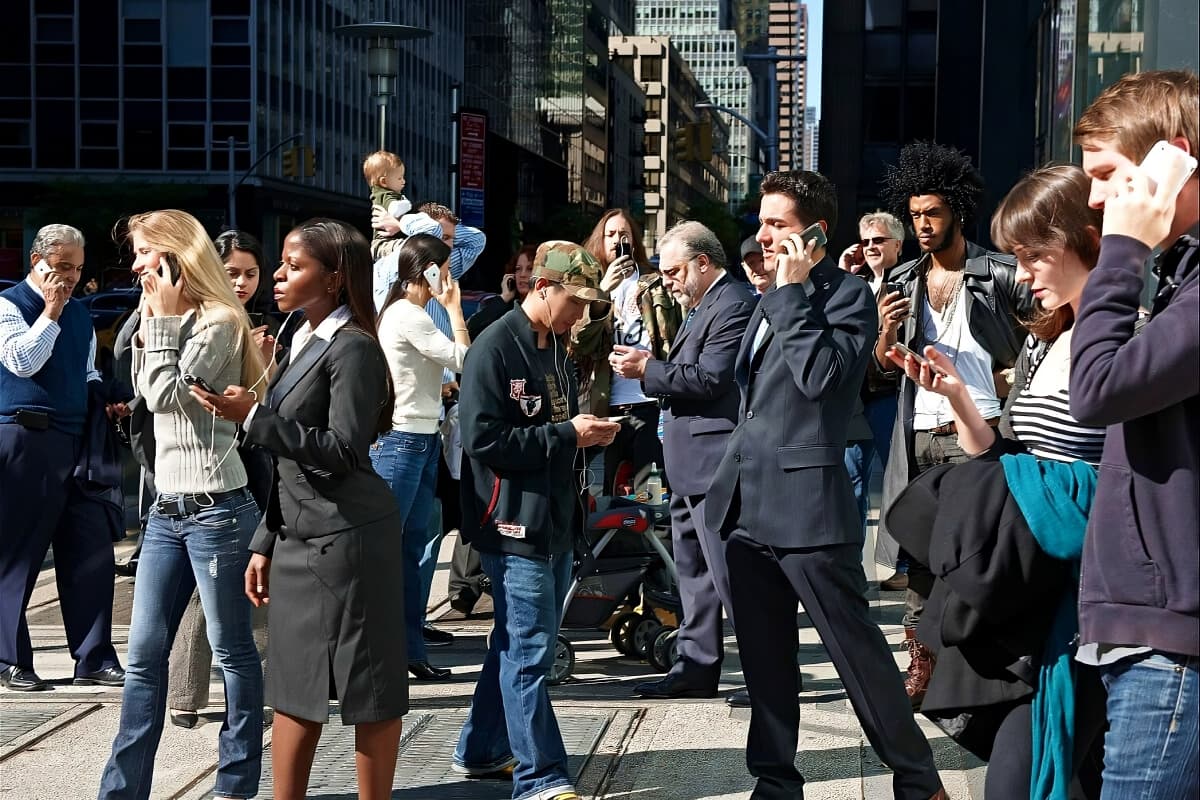The increase in employee stress, burnout and skyrocketing health care costs has more companies laser-focused on “wellness” solutions for their employees. This is good news. The trends facing most companies are alarming:
- U.S. businesses lose $300 billion annually to stress-related illnesses and absenteeism.
- One-third of the population suffer from insomnia. That’s 33 percent of your workforce showing up irritable, unfocused and not at their best.
- Employee turnover has reached record levels. According to Equifax Workforce Solutions, the national turnover rate is a whopping 46 percent. Across all industries, people get stressed, unhappy and they up and leave within the first year.
Reasons Traditional Wellness Solutions Suffer From Low Engagement Rates
As these trends get worse, more companies understand the flaws in traditional wellness programs. Traditional wellness solutions suffer from abysmally low engagement rates (20 percent) for a variety of reasons:
Generic Programs
One size doesn’t fit all, especially when dealing with mental well-being.
Lack of Understanding of What’s Needed
A recent report by Willis Tower Watson found that 75 percent of U.S. employers ranked stress as their top health and productivity concern. However, employers and employees disagreed on its causes. Employers are scrambling to figure out what the root of these issues are, so that they can build the best solution for their workforce.
Lengthy Assessments and Wellness Questionnaires
If it feels like homework from your boss, would you do it? People dread filling in paperwork. Make it engaging and concise, and people will be more willing to participate.
Outdated Webex Training
Just because it’s live, doesn’t mean it will resonate with employees. Too many companies are using training experiences that are dated, off brand and confirm to employees that employers really don’t understand what a modern workforce is looking for. Boring + corny = dropoff.
Ignoring Mental Wellness
Naturally physical wellness is important, but science shows that mental wellness is also critical. Even the most physically fit employees suffer from the many illnesses caused by stress.
Passive Solutions
Solutions that rely heavily on people filling out forms, reading articles or self reporting to rack up points simply aren’t effective. Employees have Google. They see right through wellness solutions that repackage free online content.
So, how can business solve these issues?
When sourcing wellness solutions, shake off the “homework from my company” vibe by treating employees like consumers.
That means fitting wellness solutions into the context of the employees’ lives. Understand what they want before designing something for their needs. We all live through our mobile devices, we consume our news, content and relationships in bite-sized chunks. The same is now true for training experiences. As consumers, employees have been trained to get exactly what they want, when they want it. It’s not surprising that they now expect the same from employer-sponsored wellness programs.
6 Wellness Training Experiences That Employees Want as Consumers
While sourcing wellness solutions for your employees, don’t make the tempting mistake of only checking the corporate boxes of “faster, cheaper.” Yes, these are important (#tablestakes). However, the more important boxes relate to wellness training experiences that employees want as consumers:
1. Mobile First
We all live through our devices. Modern employees are looking for solutions that allow them to fit things in when possible, i.e. during their commute, on a lunch break or at the end of the day. Not something they have to use their precious and limited personal time for.
2. Personalized Experiences
Pick on-demand specialized experiences to meet employees exactly where they are. Employees are complex, dynamic individuals. Their emotions and needs change, sometimes in an instance, and are based on specific challenges. Wellness solutions that don’t provide a specific program for the individual won’t work.
3. Active Beats Passive
Find solutions that will engage employees to actively create small daily habits, train and transform their relationship to health and mental well-being. So instead of just offering a pamphlet about good heart health, give them a tangible solution that will actually improve it.
4. Go Modern. Go Relatable.
Avoid poorly produced or “woo-woo” wellness solutions. Consumers know a good experience. They aren’t looking for gurus, celebs or hipster monks. They make split second decisions based on the quality and relatability of the products they interact with. They will do the same with your wellness solutions. Pick solutions that measure up to your own company’s products. The look and feel matter. Fit and finish are important.
5. Gamification Is Good
When it comes to wellness, consumers are looking for experiences and human connection; not games. Badges, rewards, points, etc. are great to encourage behavior change. There’s no harm in making work-related things fun, but employers have seen that the science of “playing games” isn’t quite baked.
6. Workplace Champions Are Key
If leaders and the stars of the company don’t inspire and encourage wellness program engagement, then you might as well not bother at all. Research by Gallup shows a clear link between employee engagement and well-being, with managers connecting the two. When leaders become employees’ cheerleaders, engagement drastically rises.





